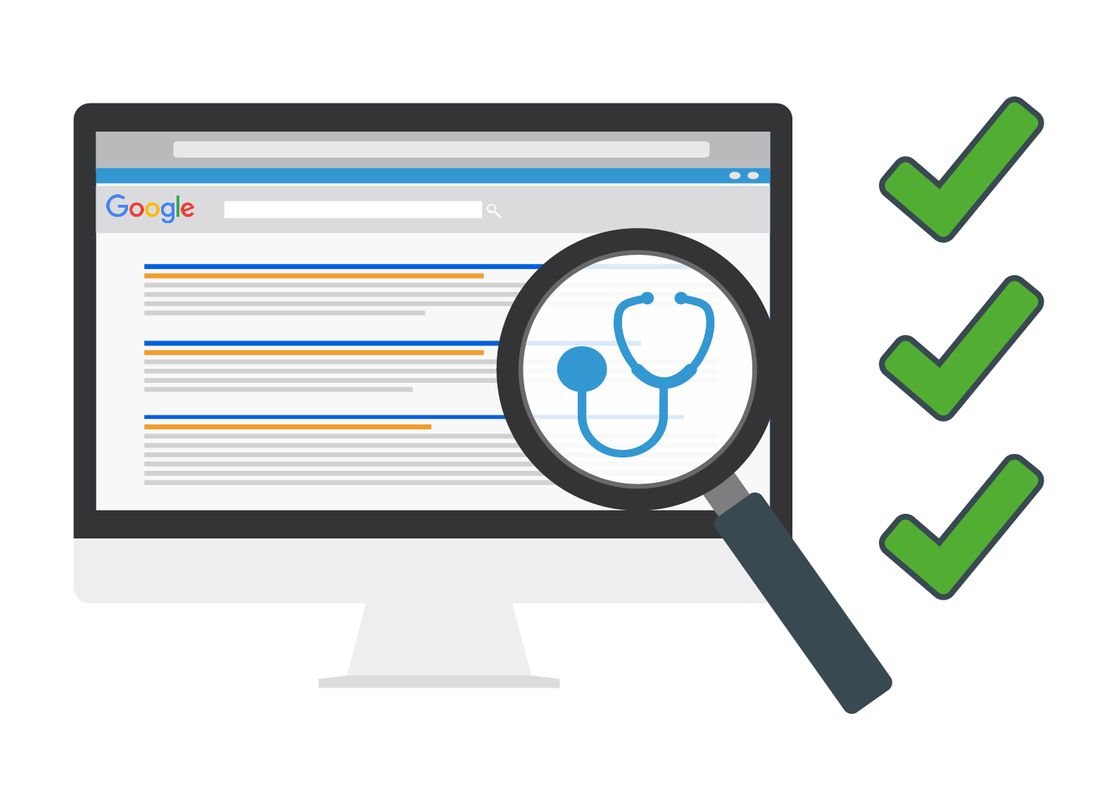Trends come and go in all facets of life, yet in medical web design, it’s worth making note of what’s on the radar for 2016 and how these can help improve your practice. We’ve rounded up the best predictions for the year ahead to make sure you are in the know.
1. Responsive Design – mobile first
Traditionally, organizations have developed their websites with desktop computers in mind first and mobile technology second – that thinking is likely to change. Mobiles are now becoming the main device that people use for browsing the web, and your patients will expect your medical website to respond to each screen size that they use. That means your practice needs a responsive design – where the display adjusts from desktop to tablet to phone. Patients using a mobile phone may need different information and require it faster, so be sure to have a medical website for a mobile patient.
2. One Page Design
A single page design can be a great way to better organize your healthcare content and make it user friendly. This type of design requires less clicks and navigation,and more scrolling which takes your patients from one section to the next. For mobile phones and tablets, it’s often much easier and faster to find information this way rather than navigating through multiple pages and waiting for them to load. For this design to work, simplify your information and only include the essentials. By only having one page, you can also increase your medical SEO potential.
3. User Interface Design
[related_content]
User interface design anticipates what the user might do and makes it easy for them to take those actions. In medical web design, think about your patients first. What do they want when they visit your site? Focus on creating an interface that is simple, consistent, and most importantly, empowers your users to achieve their goal – whether that is booking an appointment online or finding information about a specific condition.
4. Simplicity
With so much information being communicated visually, users will start to favor simplicity over large graphics, text, backgrounds, colors and flashing pictures. Keep your design clean and simple. This is much more likely to attract attention and makes browsing easy. In contrast, a website that is visually complicated will confuse users and make them want to navigate away.
5. The Decline of Pop-Up Windows
With the rise of clean and simple web designs, the use of pop-up designs are starting to decline. If you currently use these in your healthcare website design (for example, a pop-up patient signup form), think about changing the pop-up window for a simple drop-down option or button. If you want to keep the pop-up, make the it easy to close and limit the interruption and distraction for the user.
6. Animation
Animation can help tell patients the story of your practice, and when used in conjunction with one-page design, can help to keep them visually engaged while scrolling. It’s a great way to present your content in an appealing way and help your site stand out from other healthcare websites. Animations can include slideshows, galleries and hover effects.
7. Contextual Design
This is a trend that started in 2014 and refers to how suitable websites are for different operating systems. People now switch between operating systems freely, and in order to maintain search engine optimization and ranking of your web pages, it’s important that they are suitable for all operating systems – otherwise referred to as contextual design.
8. Personalized Imagery
Like animation, personalized imagery can help differentiate your medical practice. The rise of website templates has resulted in many sites having similar appearances but users are increasingly favoring unique designs that appeal to their specific preferences. High quality, professional images can create variety and interest for users. Photos of healthy, smiling patients, or your doctors and staff can help to demonstrate a professional representation of your business that is much more impactful than just words alone.
Overall, website design is moving to satisfy all types of users, on all types of technology devices, with a focus on simplicity and user- friendliness. Take note of these trends and your medical website will keep current patients engaged and help to obtain new patients.



